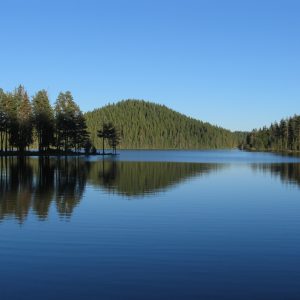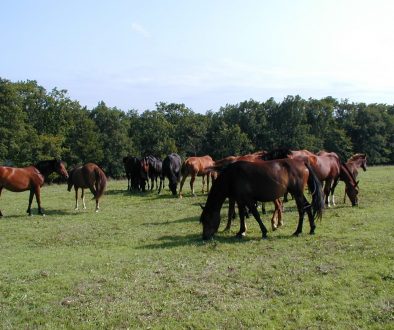Rhodope Mountains
 Rhodope Mountains are the vastest mountain in Bulgaria. The old name is Rhodope which is believed to be of Thracian origin. The ancient authors often call them “The Mountain of Orpheus” since it is believed that here was Orpheus’ sanctuary where the Orphic mystic cults of Dionysian nature were held.
Rhodope Mountains are the vastest mountain in Bulgaria. The old name is Rhodope which is believed to be of Thracian origin. The ancient authors often call them “The Mountain of Orpheus” since it is believed that here was Orpheus’ sanctuary where the Orphic mystic cults of Dionysian nature were held.
Rhodope Mountains stretch from western to eastern direction. They are 240km long and 100 km wide from north to south. Over 83% of the Mountains are within Bulgarian territory in the southern-most part of the country and the rest are in Greece.
Rhodope Mountains are in the 7th place of all Bulgarian mountains in terms of height with their highest peak Golyam Perelik 2,192m. They are one of the mountain chains to have formed earliest. Nature has shaped here a number of interesting phenomena like caves, gorges, rock pyramids and rock formations.
Rhodope Mountains’ location in the southeastern part of the Balkan Peninsula greatly influences the climate in the area. The cold winds from the north as well as the warm Mediterranean breeze have their role to play in relation to the climate.
The average annual air temperature in the Eastern Rhodope Mountains is 12-13°C. The maximum rainfall is in December and the minimum in August.
In the Western Rhodope Mountains the temperature varies between 5-9°C with a maximum rainfall in summer.
 The mild climate together with other factors helps tourist activities to develop. A good example here would be the Pamporovo resort where the climate allows for a thick snow cover for a long period which is like heaven for skiers.
The mild climate together with other factors helps tourist activities to develop. A good example here would be the Pamporovo resort where the climate allows for a thick snow cover for a long period which is like heaven for skiers.
To the north is situated the Maritsa River Valley; to the south – the Aegean Sea Valley; to the west – The Mesta River Valley, the Avramovi Kolibi Saddle, Lyuta Reka, Yundola and Yadenitsa River; to the east – the valleys of Borovitsa and Arda rivers.
These borders outline a territory of about 12,233 sq km and an average altitude of about 785m.
Here one can find the most impressive coniferous forests.
15 natural sites have been declared reservations, some of which are protected by UNESCO.
A large number of mineral springs rise in these Mountains, the most famous being those close to the towns of Velingrad and Narechen.



